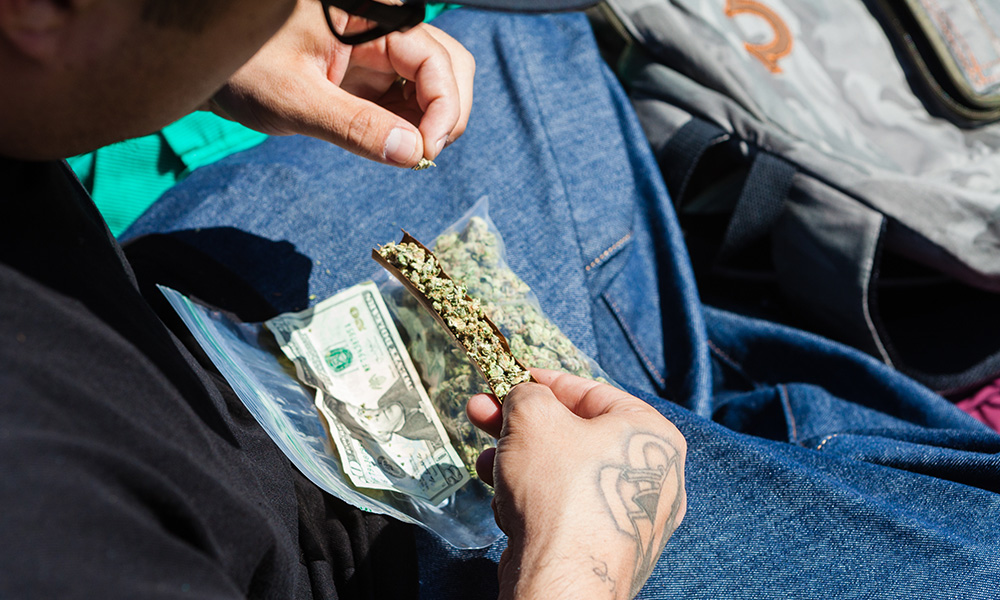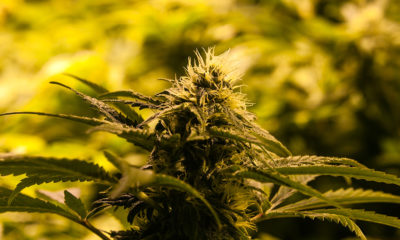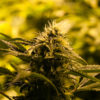
Medical
Let Me Be Blunt: The Cannabis-Tobacco Interaction
Socially, politically and in countless blunts puff-puff-passed between friends, cannabis and tobacco are inexorably intertwined.
Whether sprinkled in a spliff or used as papers for a blunt, tobacco has been marijuana’s closest companion for millennia. The interaction between the two substances seems to vary from person to person nearly as much as cannabis alone.
Anecdotally, people report a variety of interactions, with some people saying that tobacco smooths out their high, and others saying it provides a stimulating kick. As with cannabis itself, it is difficult to anticipate how a new user will react, due to the myriad chemical and psychological factors at play.
A Heady Combination
A major question in evaluating the cannabis-tobacco interaction is whether their effects are simply added together, or if the plants change one another. Spliffs are often the preferred consumption method for people who want to modulate their cannabis intake, but one study published in the research journal Inhalation Toxicology suggests that there may be a countervailing force: tobacco was found to increase THC intake by as much as 45 percent.
Studies of how cannabis and tobacco interact on one’s body and brain are out there, but the research is limited and the conclusions don’t venture much beyond associations and correlations. Regular blunt smoking is associated with greater cannabis dependence, as is the practice of chasing a joint with some nicotine. Tobacco has well-known addictive properties, and it’s not clear if smoking the two together makes one addicted to cannabis itself, or if the dependence is predominantly one on nicotine, with cannabis simply along for the ride.
Another study found that cannabis can satisfy a desire for tobacco, but not the other way around — specifically among people who smoke more than a joint a month, but fewer than three a week. Does that suggest that cannabis can substitute for tobacco, or just that spliff smokers are mostly in it for the weed, with tobacco thrown in for taste and a little extra buzz?
Dude, Where’s My…?
Another set of studies concern the impacts on memory, and the conclusions are similarly hazy. By itself, cannabis can reduce one’s powers of memory and shrink the hippocampus — a brain area associated with learning and memory (though research from the American Journal on Addictions found there may be no long-term effect in adults and another study found genetic differences matter when it comes to the size of the effect).
Weirdly, one study in the journal Drug and Alcohol Dependence actually showed an inverse relationship between hippocampal size and memory, only in tobacco and cannabis users – for non-users, a bigger hippocampus means a better memory, but for those who enjoy cannabis and tobacco, the association goes the other way. Furthermore, while THC seems to shrink the hippocampus, CBD may actually be neuroprotective against hippocampal loss.
Tobacco has also been shown to cause long-term memory issues by reducing sleep quality. But it may actually improve memory performance in cannabis smokers (though it doesn’t prevent hippocampal shrinkage).
Much of the ink spilled on this particular topic comes from one study, conducted by Frances
From what data we have, it’s quite difficult to say precisely how tobacco and cannabis affect memory, separately or in concert. As always, users are advised first and foremost to pay attention to their own reactions.
Partners in Crime
Arguably the greatest impact tobacco has had on cannabis is in the legal sphere. Concerns that pot could follow in the footsteps of Big Tobacco have prompted states to insert regulations around vertical integration, cooperative businesses and more. Cigarette bans also naturally get extended to cannabis in any locality that has them. Once allowed in restaurants, bars and airplanes, public smoking is now relegated to most of the general outdoors.
Yes, cannabis use is significantly more restricted, but areas where tobacco smoking is allowed are non-starters for joints and bongs. One exception is vape pens, which are often smoked in public, in part because they are difficult to distinguish from e-cigarettes. Anywhere that alcohol or tobacco is prohibited is almost certain to exclude cannabis consumption as well.
And economically, the tobacco industry provides a blueprint as to how cannabis legalization could be handled. In fact, the presence of Big Tobacco has stoked fears that corporations will gain a similar stranglehold over the marijuana industry once the free market is allowed to frolic.
The relationship has been complementary, fraught and sometimes oppositional, but cannabis and tobacco have been intertwined for centuries. Socially, legally and chemically, the two have forged their own paths and yet, in so many ways, they are as inseparable as their smoke in a puff from a spliff.
TELL US, how does combining cannabis and tobacco affect you?

























